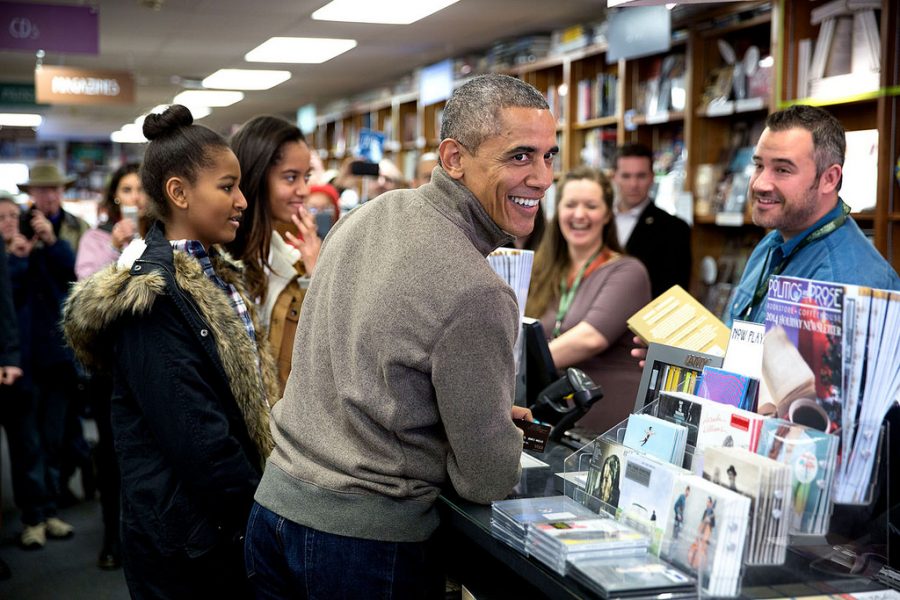Maybe you’re jaded, maybe you think it’s time for heavy metal to finally hang up its spikes, maybe you think there’s nowhere else for the world’s most theatrically angry music to go but maybe bluegrass…. Or maybe Mongolia, where folk metal band The Hu have been inventing what they call “Hunnu Rock,” a style combining Western headbanging with instruments like the horsehead fiddle (morin khuur) and Mongolian guitar (tovshuur). “It also involves singing in a guttural way,” Katya Cengel points out at NPR—no, not like this, but in the manner of traditional Mongolian throat singers.
Now YouTube sensations with millions of views of its two videos for “Yuve Yuve Yu” and “Wolf Totem,” the band plans to release its first album this spring, after seven years of hard work. The Hu are not flash-in-the-pan internet fame seekers but serious musicians who didn’t quite expect this degree of attention, or so they say. “When we do this,” said guitarist Temka, “we try to spiritually express this beautiful thing about Mongolian music. We think we will talk to everyone’s soul through our music. But we didn’t expect this fast, people just popping up everywhere.”
University of Wisconsin’s Kip Hutchins, a doctoral student in cultural anthropology, has taken an interest in the band and thinks their appeal, writes Cengel, has to do with how “the story of Mongolia has been written in the West. Nomadism and horse culture has been romanticized, and the emphasis on freedom and heroes tends to appeal to the stereotypical male heavy metal fan.” The band’s themes focus on past national triumphs, the legendary rule of Genghis Khan, and the glorification of the nomadic warrior’s life.
Or so it would seem to Westerners parsing their lyrics in English. It may also be hard to read “Hey you traitor! Kneel down!” in a song about “taking our Great Mongol ancestors names in vain” and not think about metal’s role in a few violent ultra-nationalist scenes. Some suggest the songs are ironic or translate differently to Mongolian listeners. Or that the band might be a sophisticated satire, like Laibach, using nationalist themes, costumes, and dramatic settings on the steppes to critique nationalist narratives.
One observer who knows the culture suggests it’s more complicated. The Hu are not mocking traditional Mongolian culture and history, far from it. “The graphic visuals used in the video certainly evoke pride in our nomadic culture,” writes Batshandas Altansukh, “but the lyric is quite the contrary. It’s very political and highly critical of today’s Mongolian society” and what the band sees as their country’s propensity for “emptily boasting about the past” rather than actually learning about and respecting it (with motorcycle gangs riding across the plains).
The lyrics we read in translation are apparently “too westernized or simplified” to really get their point across and slogans like “taking our great Mongol ancestors names in vain,” Cengel points out, “are almost exactly what was sung in the late 1980s during the transition to democracy”—a means of fiercely asserting an independent cultural identity against the hegemonic Soviet Union. Mongolian folk rock and jazz bands picked up the sentiment and Mongolian hip hop acts promote respect for the country’s traditions with new dance moves.
But whether or not The Hu’s politics get wrongly interpreted, or ignored, by their millions of new fans, it’s clear that people get it at the universal level of metal’s communal frequencies: long hair, leather, guitars, growling, and epic medieval badassery.
via NPR
Related Content:
The Origins of the Death Growl in Metal Music
Finnish Musicians Play Bluegrass Versions of AC/DC, Iron Maiden & Ronnie James Dio
Josh Jones is a writer and musician based in Durham, NC. Follow him at @jdmagness



